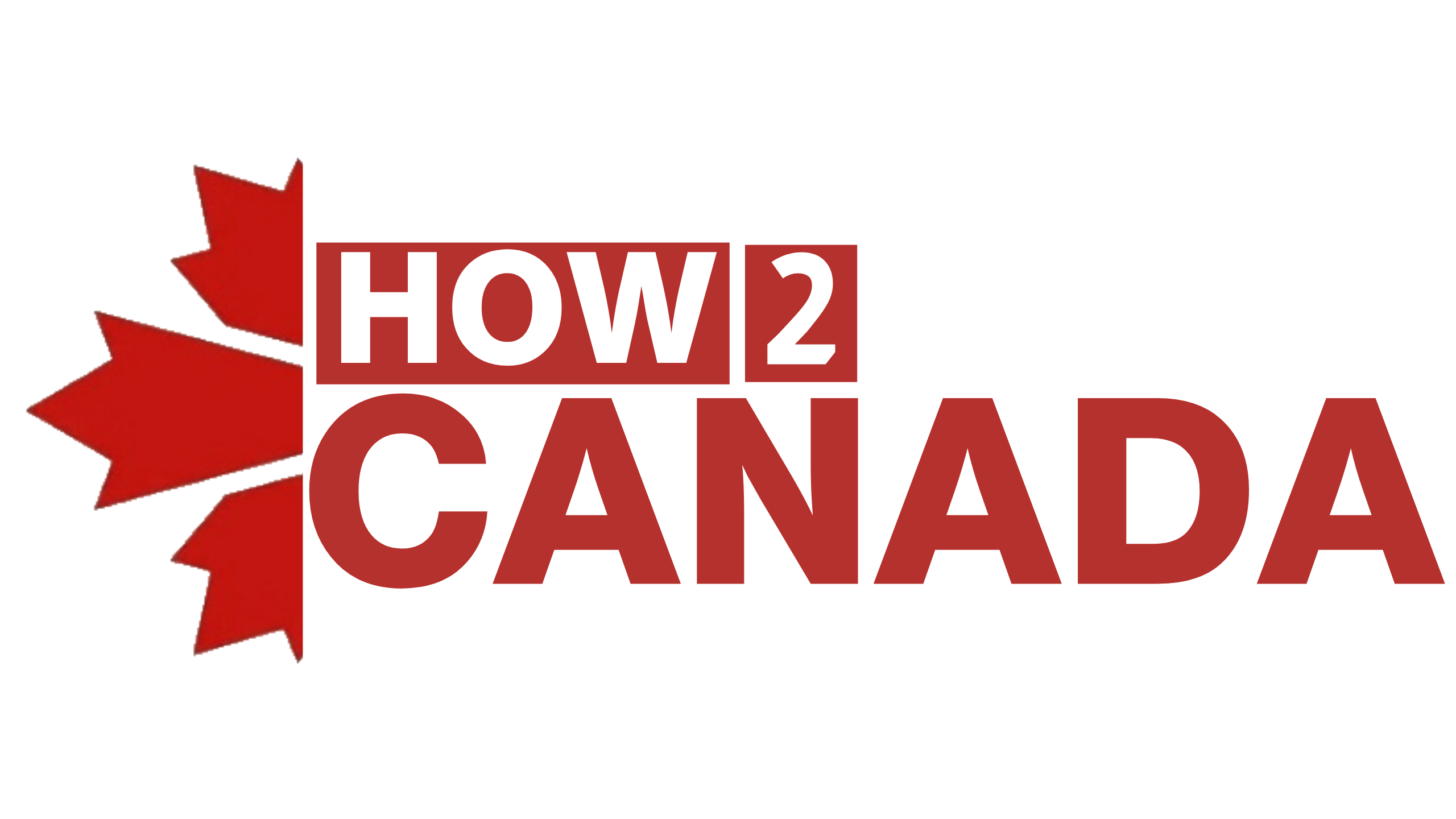🌿 Why Marijuana was Legalized in Canada

Marijuana, also known as cannabis, has been a controversial issue for decades. While some believe it should be legalized due to its medicinal benefits, others believe it should remain illegal due to its potential harmful effects. In 2018, Canada became the second country in the world to legalize marijuana for both medical and recreational use. This article will explore the history of marijuana in Canada, the reasons for its legalization, and the impact it has had on the country.

📝 In this article:
- History of Marijuana in Canada
- Reasons for Legalization
- Impact of Legalization
📗 History of Marijuana in Canada
Cannabis has been used in Canada for centuries, but it was not until 1923 that it was officially banned. At the time, there was very little scientific evidence to support its harmful effects, and the decision was based largely on prejudice and misinformation. In the 1960s, marijuana use became more prevalent, especially among young people. In response, the Canadian government increased its efforts to combat drug use, including the introduction of harsher penalties for marijuana-related offenses.
Despite these efforts, marijuana use continued to increase, and by the late 1990s, there was a growing movement to legalize the drug for medicinal purposes. In 2001, Canada became the first country in the world to legalize medical marijuana, and by 2016, there were over 30,000 medical marijuana patients in the country.
🤬 Reasons for Legalization
There were several key reasons why Canada chose to legalize marijuana. One of the main reasons was to reduce the harm associated with the criminalization of marijuana. By making the drug legal, the government hoped to reduce the number of people who were incarcerated for non-violent drug offenses and to reduce the burden on the criminal justice system.
Another reason for legalization was to address the health and safety concerns associated with the production and distribution of marijuana. Prior to legalization, the production and distribution of marijuana were controlled by criminal organizations, which posed a significant threat to public safety. By legalizing the drug, the government hoped to reduce the power of these organizations and to create a safer and more regulated market.
Finally, legalization was seen as an opportunity to generate new revenue for the government. By taxing and regulating the sale of marijuana, the government hoped to generate new revenue that could be used to fund public services, such as healthcare and education.
🤑 Impact of Legalization
Since legalization, the marijuana market in Canada has grown rapidly, with sales expected to reach $5 billion by 2024. This growth has created new jobs and has generated significant tax revenue for the government.
However, legalization has also had its challenges. One of the main challenges has been the difficulty in regulating the market and ensuring that the drug is only sold to those who are legally allowed to purchase it. In response, the government has introduced new regulations, including age restrictions and limits on the amount of marijuana that can be purchased at one time.
Another challenge has been the ongoing stigma surrounding marijuana use. Despite legalization, many people still view marijuana as a dangerous drug and are hesitant to use it. To address this, the government has launched a public education campaign to promote the responsible use of marijuana and to dispel the myths and misconceptions surrounding its use.
🎬 Conclusion
The legalization of marijuana in Canada has had a significant impact on the country, both positive and negative. While it has generated new revenue and created jobs, it has also presented challenges, such as the difficulty in regulating the market and addressing the stigma surrounding marijuana use. Despite these challenges, the government remains committed to ensuring that marijuana is used responsibly and that it continues to be a safe and accessible option for those who need it.





Comments ()